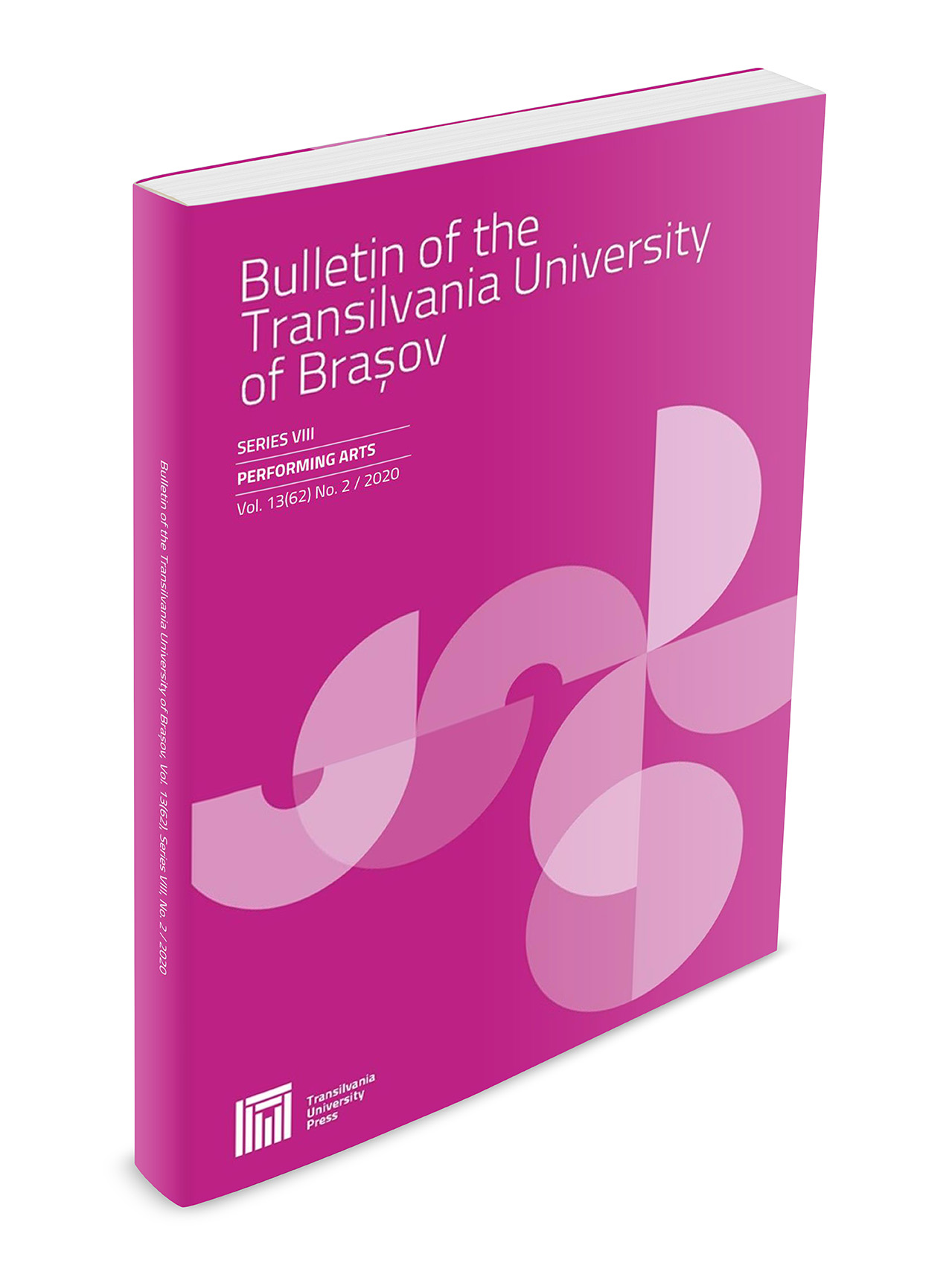Metaphysical Meanings and Archetypal Romanian Symbols in Today’s Romanian Music
DOI:
https://doi.org/10.31926/but.pa.2022.15.64.3.4Keywords:
archetypal symbols, myth, pagan rituals, contemporary languages, poetic dramaAbstract
Late 20th-century Romanian composition stood out, above all, by its ability to open itself to novelty and experiment, and virtually align itself with everything that Western Europe considered to be an avant-garde artistic movement at that time. However, as time has shown, this “synchrony” – which is sometimes translated by the terms of the binomial “national universal” or, more precisely, “local-global” – happened somewhat selectively, avoiding the excesses and the extremes specific to the radical-nihilistic attitude present in other contemporary music cultures. One of the “keys” of this reconciliation strategy brings to the fore the Romanian composers’ preference for the great philosophical themes of our traditional culture, imbued with the metaphysical meanings and archetypal symbols delivered by myths and legends that have turned into veritable universals. Liviu Glodeanu and Sigismund Toduţă are (only) two of the creators who leaned with undisguised passion on various Romanian myths that they masterfully integrated into two extremely valuable opera. The former dedicated himself to the pre-Christian age and elevated the pagan rituals revolving around Zamolxis – the feared god of our ancestors, the Dacians – to the rank of an emblematic vision. The latter resized the dimensions of the myth of the ultimate sacrifice, masoning oneself in stone in order to build the temple of God – the church, as Master Manole represents – along with the ballad of Mioriţa – one of the founding legends of the Romanian people’s spiritual identity. In our approach, we will show some of the conceptual and language foundations of the aforementioned works.
Downloads
Published
Issue
Section
License
Copyright (c) 2022 Bulletin of the Transilvania University of Braşov. Series VIII: Performing Arts

This work is licensed under a Creative Commons Attribution 4.0 International License.




